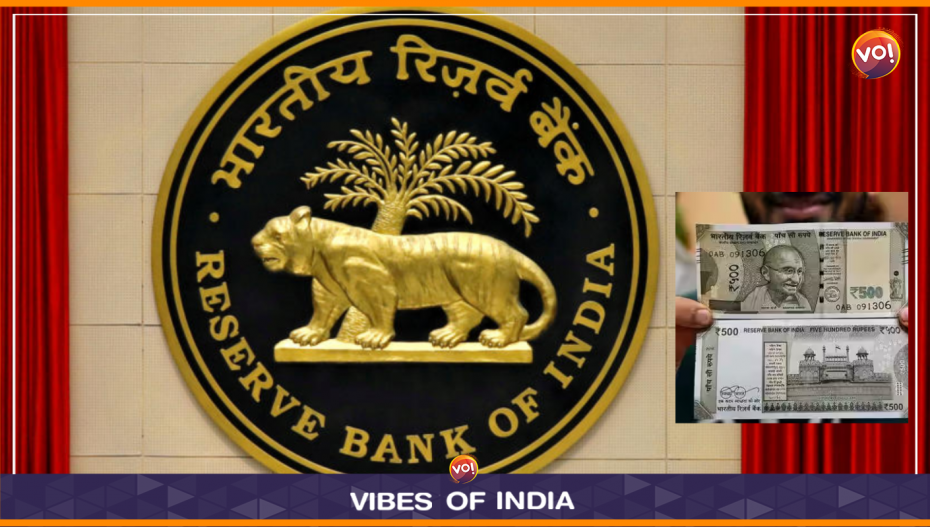As a considerable amount of 500-rupee notes appear to have vanished, the Reserve Bank of India (RBI) is faced with a complex problem that raises serious security implications for the Indian economy. With an estimated value of a staggering ₹88,032.5 crore, the whereabouts of approximately 1,760.65 million of these notes remain unknown, including those printed at the Nashik Mint between April 2015 and March 2016.
During the period from 1999 to 2010, the RBI encountered a separate predicament when an excess of 339.95 million currency notes was deposited in its vaults, surpassing the output of the government security printing presses. However, the current predicament of missing notes presents an entirely different challenge. Despite the issuance of 8,810.65 million newly designed ₹500 notes by the Mints, the RBI has only received 7,260 million of them.
Notably, the RBI spokesperson has declined to comment on the missing notes despite repeated inquiries. The currency notes in India are printed at three government mints: the Bharatiya Reserve Bank Note Mudran (P) Limited in Bengaluru, the Currency Note Press in Nashik, and the Bank Note Press in Dewas. These notes are then dispatched to the RBI vaults for subsequent circulation within the Indian economy.
According to information obtained through the Right to Information Act (RTI) by activist Manoranjan Roy, the Currency Note Press in Nashik printed 375.450 million pieces of the newly designed ₹500 note. Surprisingly, the RBI records indicate receiving only 345.000 million pieces between April 2015 and December 2016. In response to another RTI query, the Currency Note Press in Nashik stated that during the financial year 2015-2016, 210.000 million pieces of ₹500 notes were supplied to the RBI under the tenure of Raghuram Rajan as the RBI governor.
While the report from the Currency Note Press in Nashik confirms the supply of newly designed ₹500 currency notes to the central bank, the RBI’s annual report fails to mention the receipt of any ₹500 notes with the new design in its publicly available Annual Report on Currency Management. Furthermore, additional information provided by the Currency Note Press in Nashik indicates that 1,662.000 million pieces of the newly designed ₹500 notes were supplied to the RBI in 2016-2017.
In the same period, the Bharatiya Reserve Bank Note Mudran (P) Limited in Bengaluru supplied 5,195.65 million pieces of ₹500 notes to the RBI, while the Bank Note Press in Dewas supplied 1,953.000 million pieces. However, the RBI has acknowledged receiving only 7,260 pieces of the newly designed ₹500 note from all three printing presses combined. This discrepancy is striking considering that a total of 8,810.65 million pieces were printed by the three mints.
Manoranjan Roy, the activist who unearthed these irregularities, has expressed deep concern over the indolence of the apex bank in addressing the harm caused to the Indian economy by such a substantial mismatch in high-denomination currency notes. He emphasizes that the missing 1,760.65 million pieces are no trivial matter, as they give rise to serious security concerns and threaten the stability of the Indian economy.
In light of these troubling revelations, Roy has formally written to the Central Economic Intelligence Bureau and the Enforcement Directorate, urging them to investigate the discrepancies surrounding the production of millions of high-value currency notes at the three mints. While senior RBI officials have attributed the mismatch to the logistical complexities involved in printing and distributing currency, the extended delay in notes reaching the RBI vaults remains a peculiar aspect of the situation.
As the investigation unfolds, the fate of the missing ₹500 notes worth ₹88,032.5 crores continues to be shrouded in mystery, leaving the Indian economy on edge and prompting urgent action to address the security concerns arising from this enigmatic disappearance.













